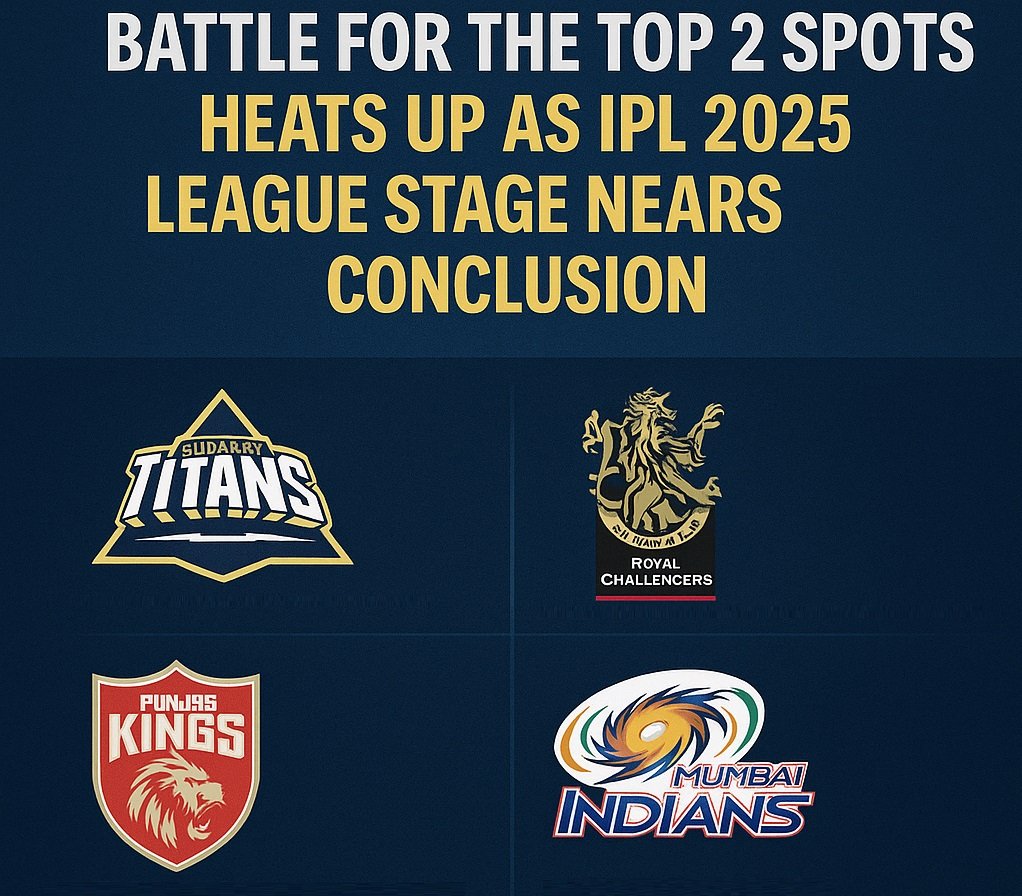Former president Donald Trump has officially represented their proposal as part of the space-based missile defense plan known as the Golden Dome, a projected $175 billion initiative. The defense shield is being designed to help keep the U.S. and its allies safe from possible missile threats, especially in the case of possible attacks by China and Russia. It will rely on the technology of sophisticated satellites and detection systems to identify threats early and fast, essentially acting to preclude them.
Trump said that the Golden Dome project would be an important way to protect the U.S. He also mentioned that Canada is interested in joining, with Canadian Prime Minister Mark Carney talking to U.S. officials about improving joint security systems like NORAD and building stronger economic connections.
The Golden Dome concept echoes the 1980s Strategic Defense Initiative, often referred to as “Star Wars,” proposed by President Ronald Reagan. However, Trump argued that today’s technological capabilities make the dream of a space-based missile shield more realistic than ever before.
Despite Trump’s target for full deployment by January 2029, experts remain cautious about both the timeline and cost. Analysts suggest the $175 billion figure could stretch across a decade, and a recent report from the Congressional Budget Office estimates the full cost might balloon to $831 billion over 20 years.
There’s also a growing inspection over who will help build the system. While traditional defense contractors like Lockheed Martin, L3 Harris Technology, and RTX Corp. are in the mix, newer tech firms—including Elon Musk’s SpaceX, Palantir, and Anduril—are emerging as serious contenders.
Senator Kevin Cramer, speaking at the announcement, highlighted the shift in defense strategies. “This is about creating a modern ecosystem-less about heavy machinery, more about software, data, and agility,” he said.
The Golden Dome is based on Israel’s Iron Dome system but is planned to be much bigger. Besides stopping missiles, it will use groups of satellites to watch the world at all times and respond quickly to threats. Alaska will be an important part of the program, and more money will likely be invested in states like Florida, Georgia, and Indiana.
Some early components for Golden Dome may come from existing defense projects, including hypersonic tracking satellites developed by L3Harris at its Fort Wayne, Indiana facility.
The project’s future, however, remains uncertain. A proposed $25 billion in startup funding is tied to a larger $150 billion defense bill, which faces a challenging path through Congress. Without approval of the broader bill, initial funds for Golden Dome could be delayed or lost entirely.
An industry insider noted that political disagreements over the reconciliation could severely impact the program’s development timeline: “If this funding doesn’t go through, the entire schedule could be pushed back indefinitely.”
As planning moves forward, the Pentagon is preparing to evaluate and acquire the technology that will form the backbone of the Golden Dome. But with its high price tag and ambitious goals, the initiative is expected to remain a focal point of both strategic debate and political discussions in the coming year.









